
Home Buying

Your home is one of the biggest transactions you’ll ever make—and the right guidance makes all the difference. Get the help you need to move with confidence.
Learn how to buy a home the way Ramsey teaches. For decades, families have followed the 7 Baby Steps into homeownership—and we’ll help you get there too.

What started as a vision to connect families with experienced agents grew into RamseyTrusted®—a network of handpicked pros who put people over paychecks.
Find RamseyTrusted agents in your area.
Your pro will help you find the best deal at the right price.
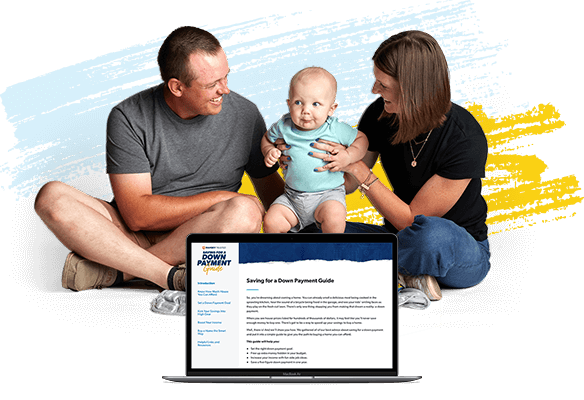
Get tips on how to create a savings goal and fast-track your progress.
Find everything you need to make your home purchase a blessing.
Learn everything from staging your home to choosing the right offer.
Make your move a smooth transition by following our checklist.
Dive into our easy-to-read articles that cover all you need to know about buying, selling and real estate investing.
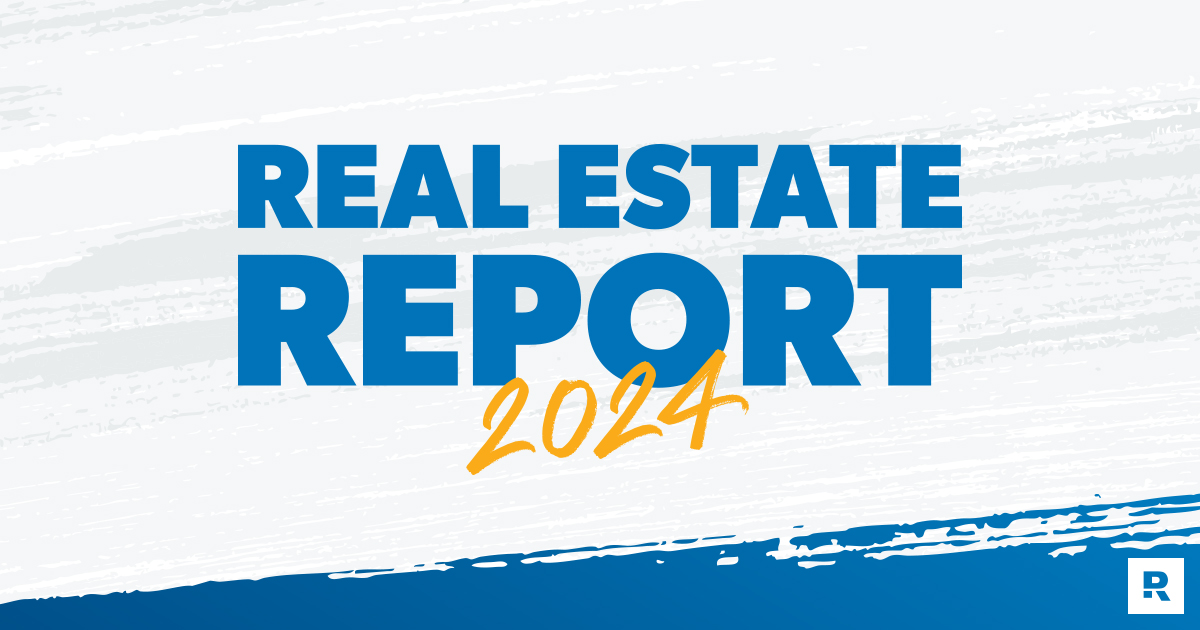
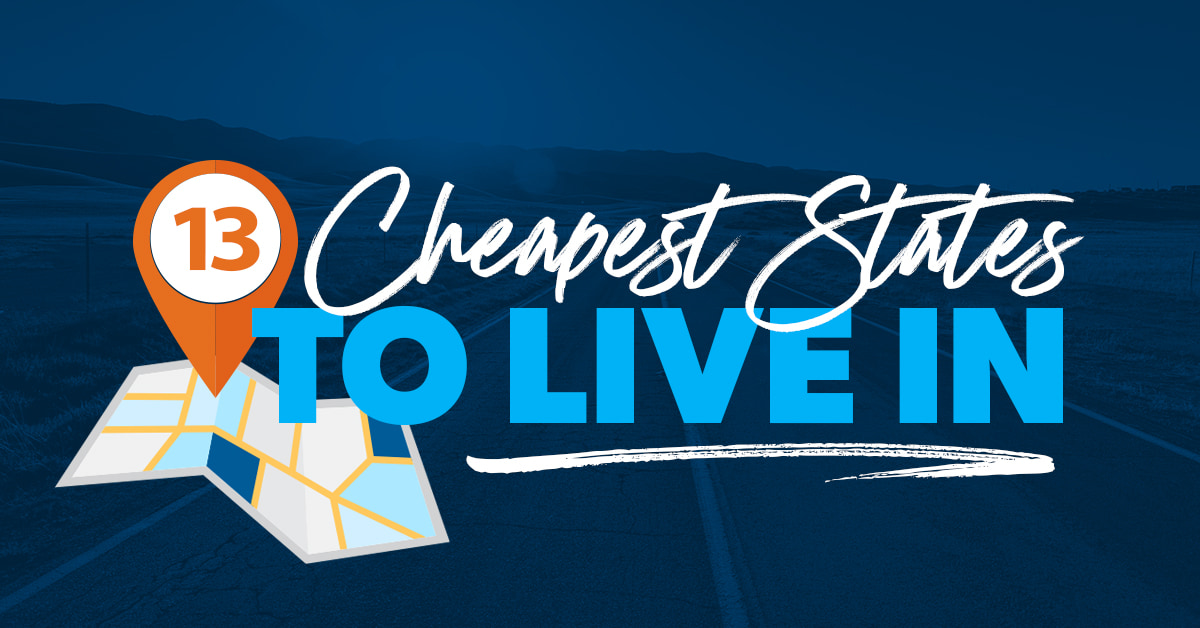

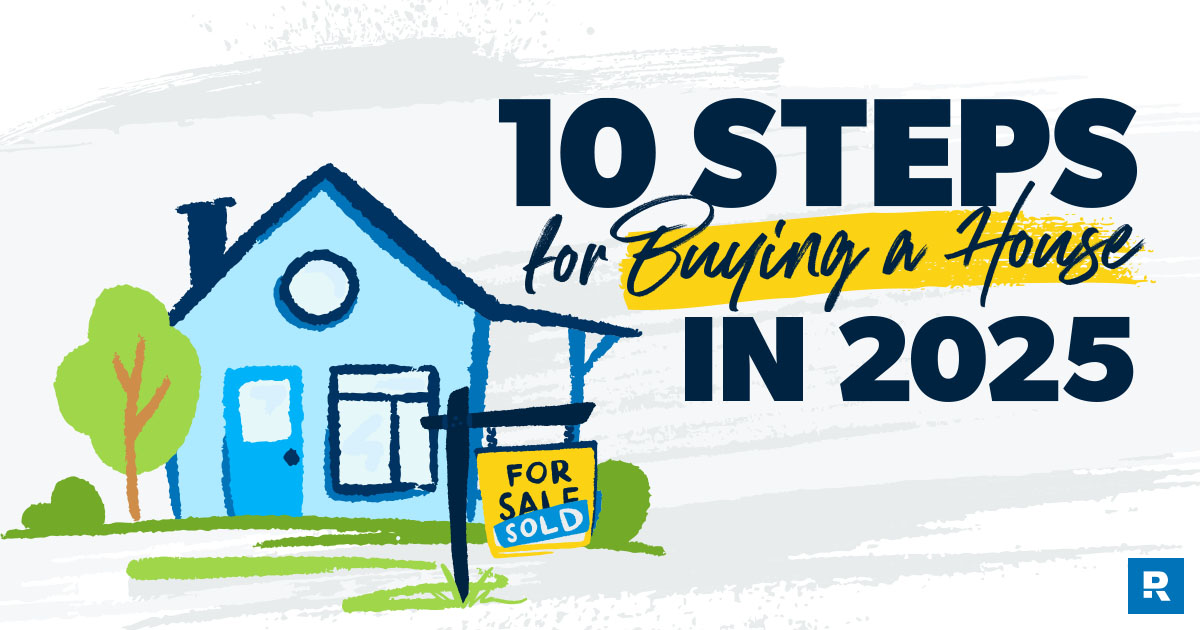
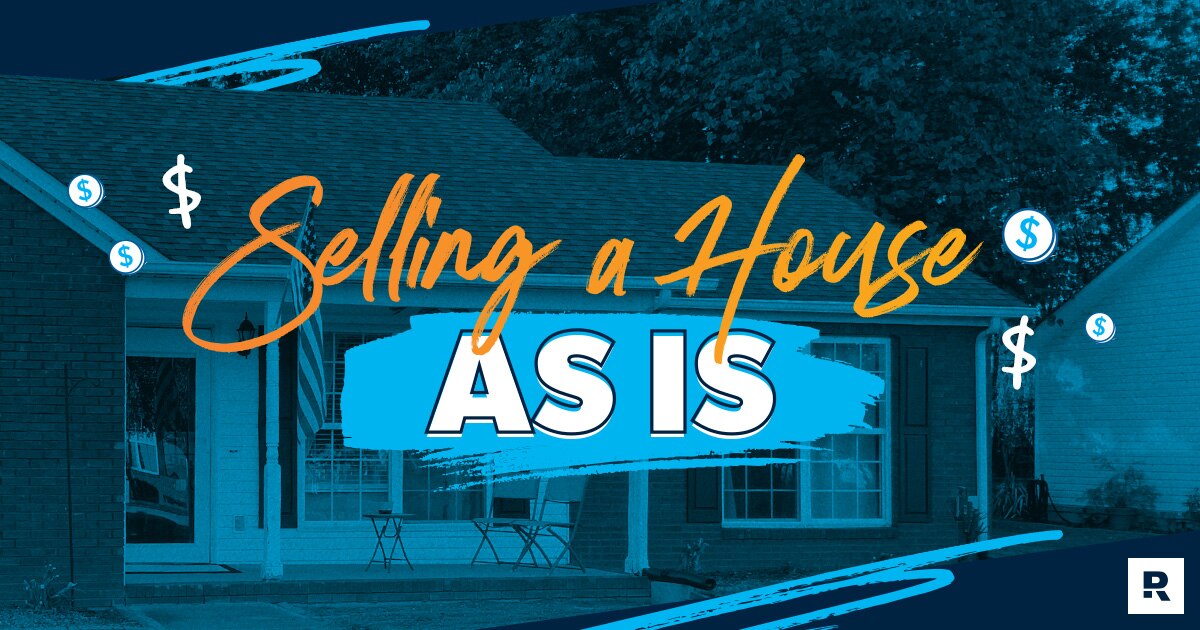
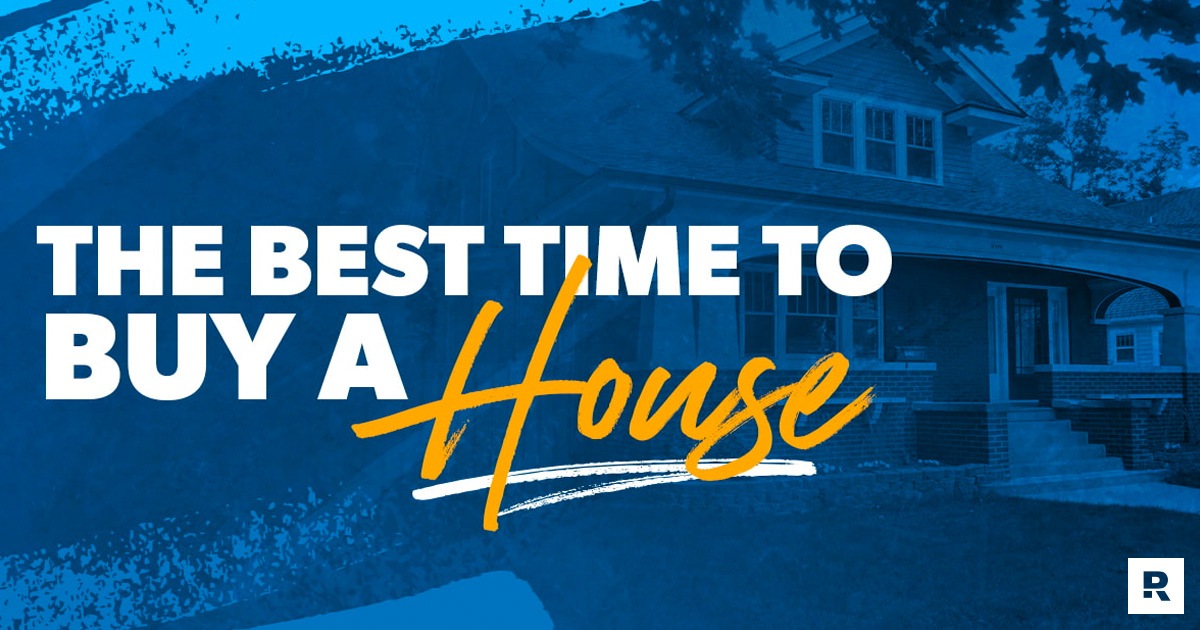
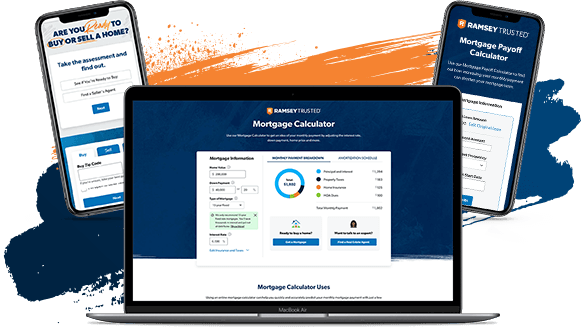
Check out our free tools to know where you stand with your real estate journey—and the smartest way to move forward.
If you’re unsure, take your best guess.

Step 1: Save $1,000 for your starter emergency fund.

Step 2: Pay off all debt (except the house) using the debt snowball.

Step 3: Save 3–6 months of expenses in a fully funded emergency fund.

Step 4: Invest 15% of your household income in retirement.

Step 5: Save for your children’s college fund.

Step 6: Pay off your home early.

Step 7: Build wealth and give.
Before you jump into the home-buying process, you need to be debt-free with 3–6 months of expenses saved up in an emergency fund.
Think of this money like an insurance policy against life—it’s important to have this safety net when you get ready to make a big purchase like a house.
You should only buy a house when the monthly payment is no more than 25% of your monthly take-home pay. Anything more than that and you risk being house poor.
Sticking to this number leaves plenty of room in your budget to cover home maintenance and repairs while hitting your other money goals, like saving for retirement.
Aim for putting 20% down so you can avoid PMI, a fee added to your monthly mortgage payment to protect your lender in case you stop paying your loan. If you’re a first-time home buyer, a 5–10% down payment is fine, but it means you’ll be paying PMI.
Pro tip: Also save enough for closing costs and moving expenses.
Now, the best way to buy a home is with cash. But if you do get a mortgage, preapproval is the first step to securing a home loan.
The smartest mortgage choice is a 15-year fixed-rate conventional loan. It saves you tens of thousands in interest and keeps your payment predictable.